Breast Cancer 101: Causes, Types, and Stages
Breast cancer is the second most common cancer for women in the U.S. (after skin cancer). We’ve aggregated information from multiple leading sources of breast cancer information, including the National Cancer Institute, along with supporting stories from our breast cancer patients, caregivers, and medical experts.

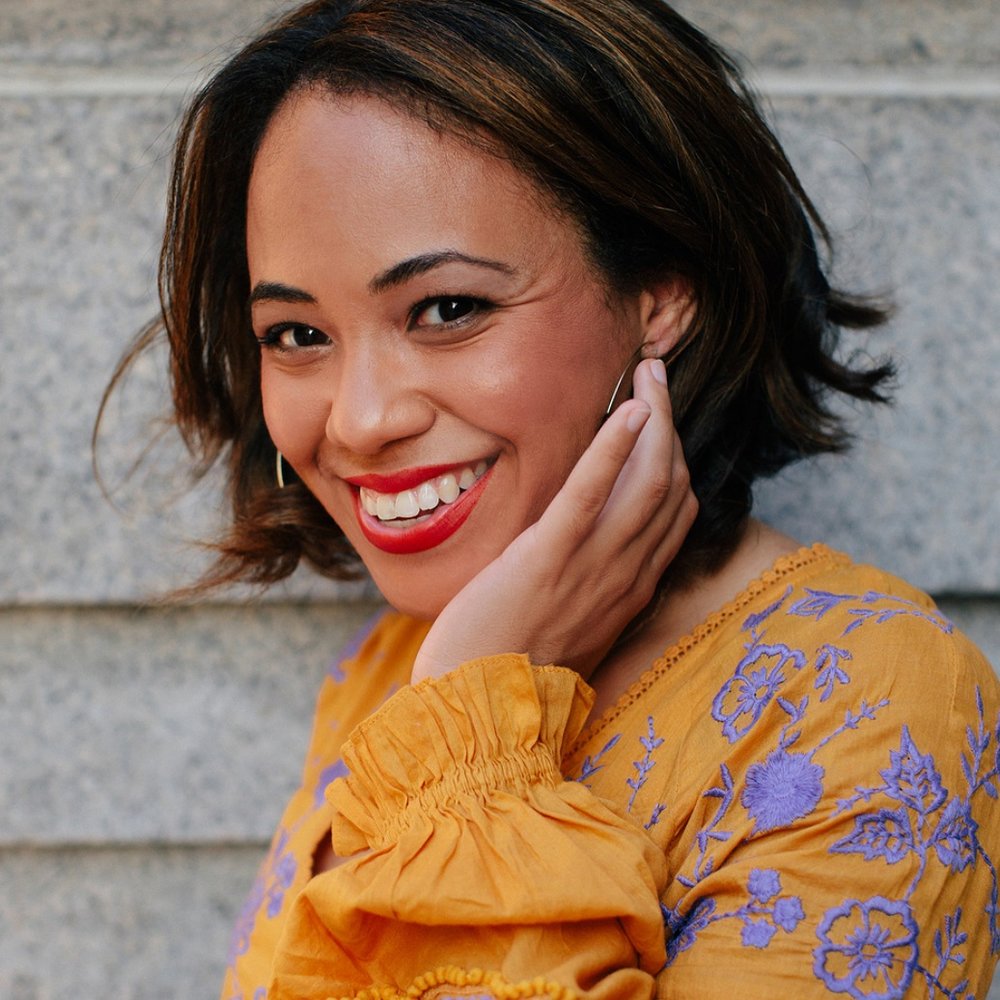
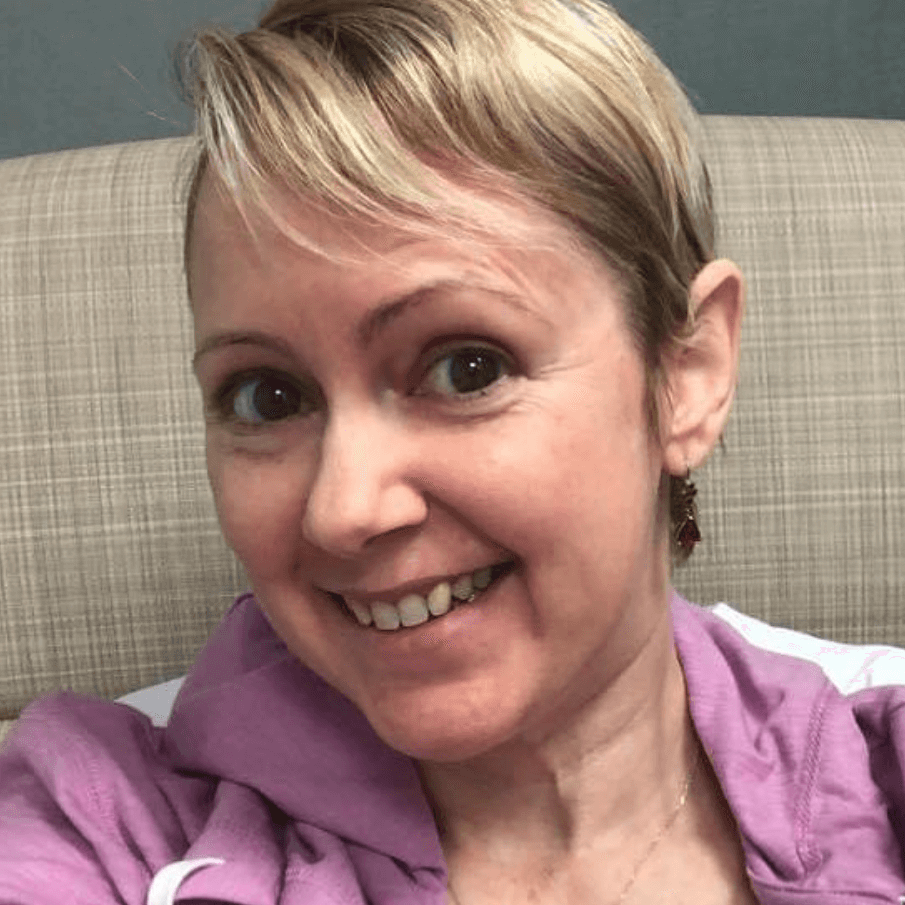
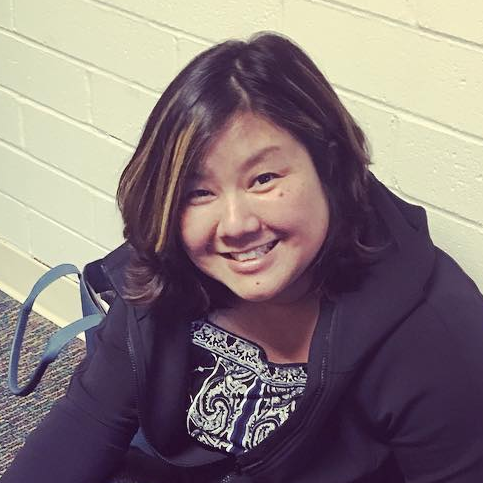
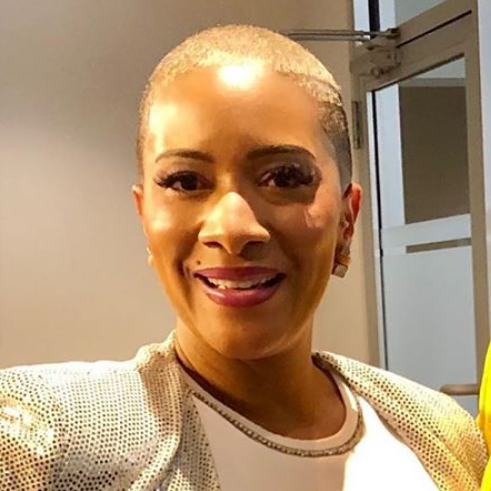
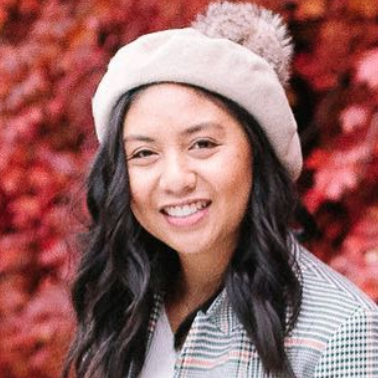
What are the different types of breast cancer?
The type of breast cancer is dependent on several factors, including where in the breast the cancer started. Most cases are carcinomas. Less common types of breast cancer include Paget’s disease, inflammatory, and connective tissues. There can be a combination of different tumors in one tumor. Then there’s staging, which helps determine how serious the cancer is and the best treatment.
According to the National Institutes of Health:
Carcinomas
- General: Tumors that start in the epithelial cells that line organs and tissues throughout the body.
- Statistics: Most breast malignancies are adenocarcinomas, which make up more than 95% of breast cancers.
- Main types:
- Ductal carcinomas – These form in the lining of a milk duct in your breast.
- Invasive ductal carcinoma (IDC) – This type breaks out of the milk ducts. It’s the most common form of invasive breast cancer, making up 55% of breast cancer incidence upon diagnosis.
- Ductal carcinoma in situ (DCIS) – This type stays within the milk ducts.
- Lobular carcinomas – These form in the lobules of the breast (where the milk is produced).
- Invasive lobular carcinoma – This is when the cancer breaks out of the lobules.
Paget’s Disease
- General:
- A rare type of cancer involving the skin of the nipple and, usually, the darker circle of skin around (areola).
- Most people with Paget’s disease of the breast are women older than 30.
- They usually have ductal breast cancer (in situ or invasive).
- Rare for Paget’s to be only in the nipple.
- Statistics: Approximately 1-4% of all cases of breast cancer also involve Paget’s disease of the breast.
- Average age of diagnosis: 57 years, but the disease has been found in adolescents and in people in their late 80s.
- Usual Treatment: Mastectomy (surgery)
Read Margaret’s Paget disease breast cancer story →
Inflammatory
- General: An uncommon type of invasive breast cancer
- Statistics: Accounts for about 1% to 5% of all breast cancers (American Cancer Society)
Connective Tissues
These begin in the connective tissues composed of fat, muscles, and blood vessels. This is also called sarcoma. Two main types are angiosarcoma and phyllodes tumor.
Angiosarcomas
- General: Rare cancer that starts in the cells that line blood vessels or lymph vessels. It can involve the breast tissue or the skin of the breast. Some may be related to prior radiation therapy in that area.
- Statistics: Make up less than 1% of all breast cancers
Phyllodes
- General: Rare breast tumors. They develop in the connective tissue (stroma) of the breast in contrast to carcinomas, which develop in the ducts or lobules. Most are benign, but there are others that are malignant (cancer). (ACS)
- Statistics: Most phyllodes tumors are benign (not cancer), but about 1 out of 4 of these tumors are malignant (cancer).
- Average age of diagnosis: 40 (in women)
Breast Cancer Stages and Prognosis
The American Joint Committee on Cancer (AJCC) updated breast cancer staging guidelines in 2018. According to BreastCancer.org:
- “Tumor grade” – A measurement of how much the cancer cells look like normal cells
- Estrogen- and progesterone-receptor status – Do the cancer cells have receptors for the hormones estrogen and progesterone?
- HER2 status – Are the cancer cells making too much of the HER2 protein?
- Oncotype DX score – If the cancer is estrogen-receptor-positive, HER2-negative, and there is no cancer in the lymph nodes
Hormone Status of Breast Cancer
According to the Mayo Clinic:
- Estrogen receptor (ER) positive – The cells of this type of breast cancer have receptors that allow them to use the hormone estrogen to grow. Treatment with anti-estrogen hormone (endocrine) therapy can block the growth of the cancer cells.
- Progesterone receptor (PR) positive – This type of breast cancer is sensitive to progesterone, and the cells have receptors that allow them to use this hormone to grow. Treatment with endocrine therapy blocks the growth of the cancer cells.
- Hormone receptor (HR) negative – This type of cancer doesn’t have hormone receptors, so it won’t be affected by endocrine treatments aimed at blocking hormones in the body.
Genetic Makeup of Breast Cancer Cells
According to the Mayo Clinic, doctors are just beginning to understand how the individual DNA changes within cancer cells might one day be used to determine treatment options. By analyzing the genes of cancer cells, doctors hope to find ways to target specific aspects of the cancer cells to kill them.
A sample of your tumor tissue from a biopsy procedure may be tested in a laboratory to look for:
- HER2 gene – Cancer cells that have too many copies of the HER2 gene (HER2-positive cancers) produce too much of the growth-promoting protein called HER2. Targeted therapy drugs are available to shut down the HER2 protein, thus slowing the growth and killing these cancer cells.
- Other tumor markers – Researchers are studying ways to interpret the genetic makeup of tumor cells. Doctors hope this information can be used to predict which cancers will spread and which may need aggressive treatments. That way, women with relatively low-risk breast cancers may avoid aggressive treatments.
Tests that analyze the genetic makeup of breast cancers are available but aren’t recommended in all situations. Ask your doctor whether this type of test might be helpful in your case.
Doctors are increasingly using genetic information about breast cancer cells to categorize breast cancers. These groups help guide decisions about which treatments are best. Breast cancer groups include:
- Group 1 (Luminal A) – This group includes tumors that are ER positive and PR positive, but negative for HER2. Luminal A breast cancers are likely to benefit from hormone therapy and may also benefit from chemotherapy.
- Group 2 (Luminal B) – This type includes tumors that are ER positive, PR negative, and HER2 positive. Luminal B breast cancers are likely to benefit from chemotherapy and may benefit from hormone therapy and treatment targeted to HER2.
- Group 3 (HER2 positive) – This type includes tumors that are ER negative and PR negative, but HER2 positive. HER2 breast cancers are likely to benefit from chemotherapy and treatment targeted to HER2.
- Group 4 (basal-like) – This type, which is also called triple-negative breast cancer, includes tumors that are ER negative, PR negative, and HER2 negative. Basal-like breast cancers are likely to benefit from chemotherapy.
Understanding more about the chemical and genetic makeup of your cancer may help doctors choose the most effective treatment for your specific cancer.
Breast Cancer Treatment Options
Breast cancer treatment usually involves surgery, chemotherapy, radiation, and, if a mastectomy is involved, a decision on whether the patient wants to pursue reconstructive surgery.
No two patients go through the very same experience but the stories of these women who’ve lived through their breast cancer diagnoses may give people in similar situations a good understanding of what life will be like in the coming months.
Breast Cancer Patient Stories
Survivors share their breast cancer stories on:
- Invasive ductal carcinoma (IDC) – A form of cancer where abnormal cells begin growing in the lining of the milk ducts and invade breast tissue beyond the walls of the ducts
- Ductal carcinoma in situ (DCIS) – A noninvasive form of breast cancer where cancer cells start in the lining of a breast duct and have not spread to surrounding tissues
- IDC & DCIS – A combination of both forms of breast cancer
- Previvor BRCA2 – A mutation that indicates a high risk of breast cancer
Read breast cancer patient stories →
Other/FAQs
Can men get breast cancer?
Breast cancer can occur in men, but it is more than 100 times more common in women than in men. (National Institutes of Health)
What is the 5-year survival rate for female breast cancer?
89.7% (2008-2014) (National Cancer Institute)